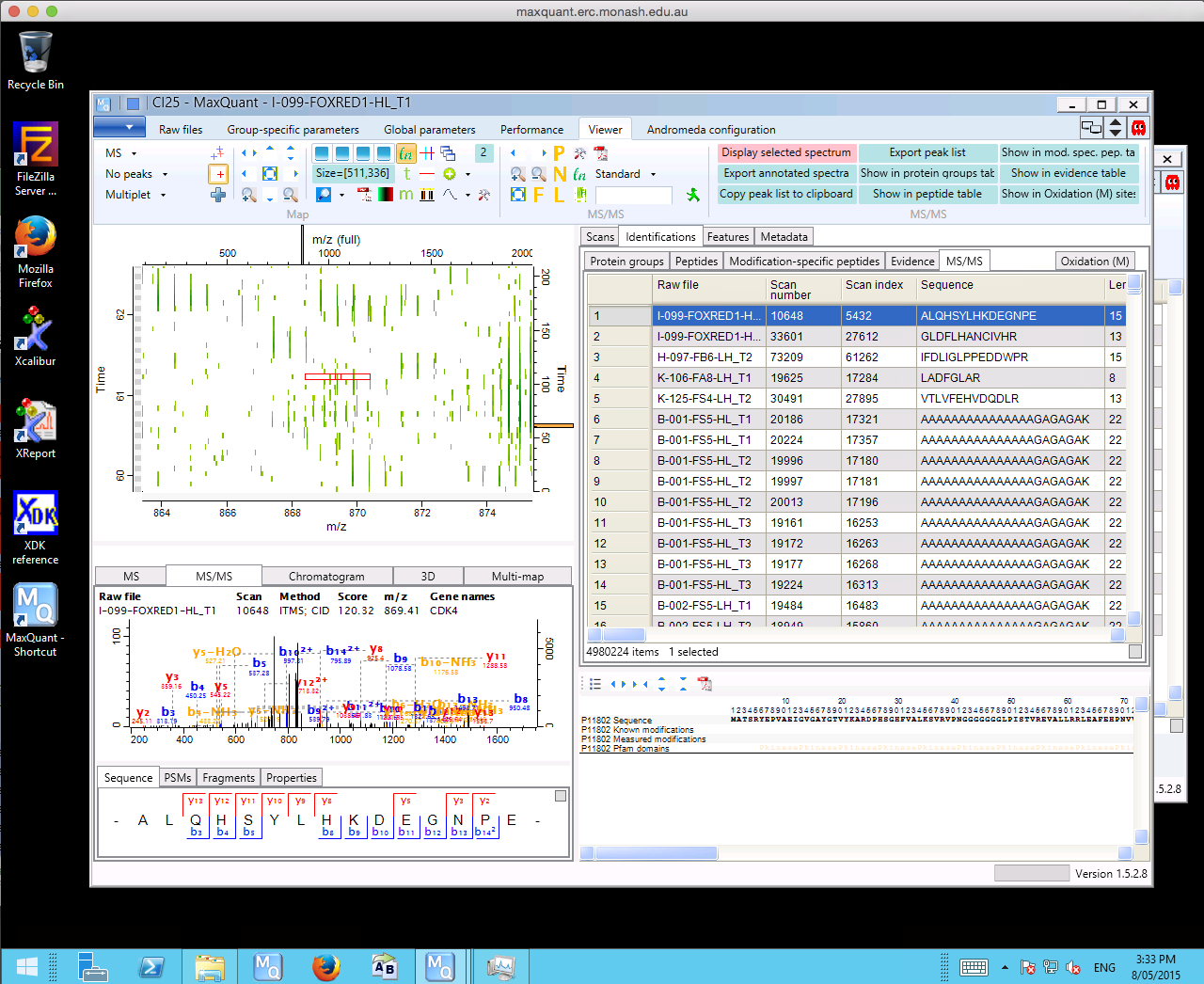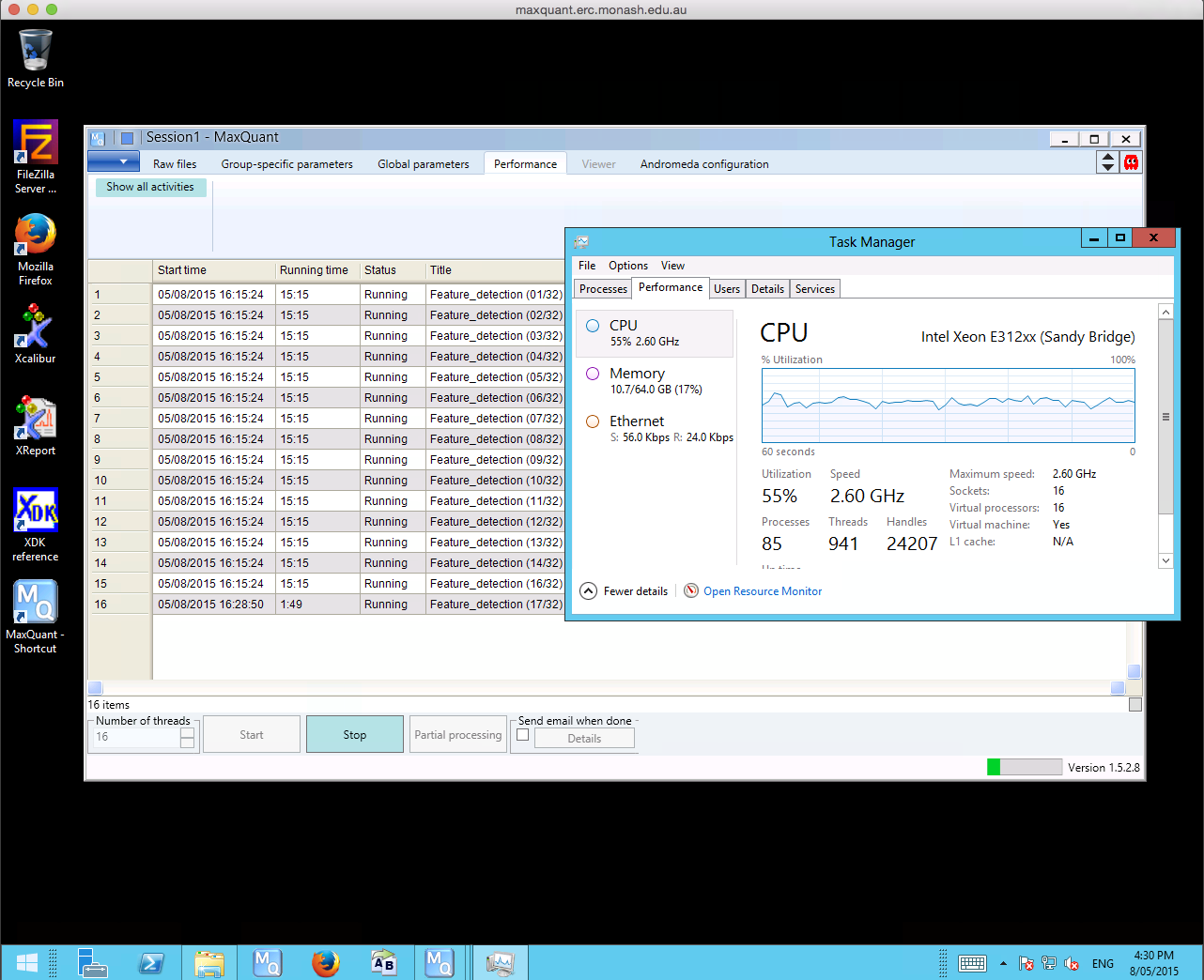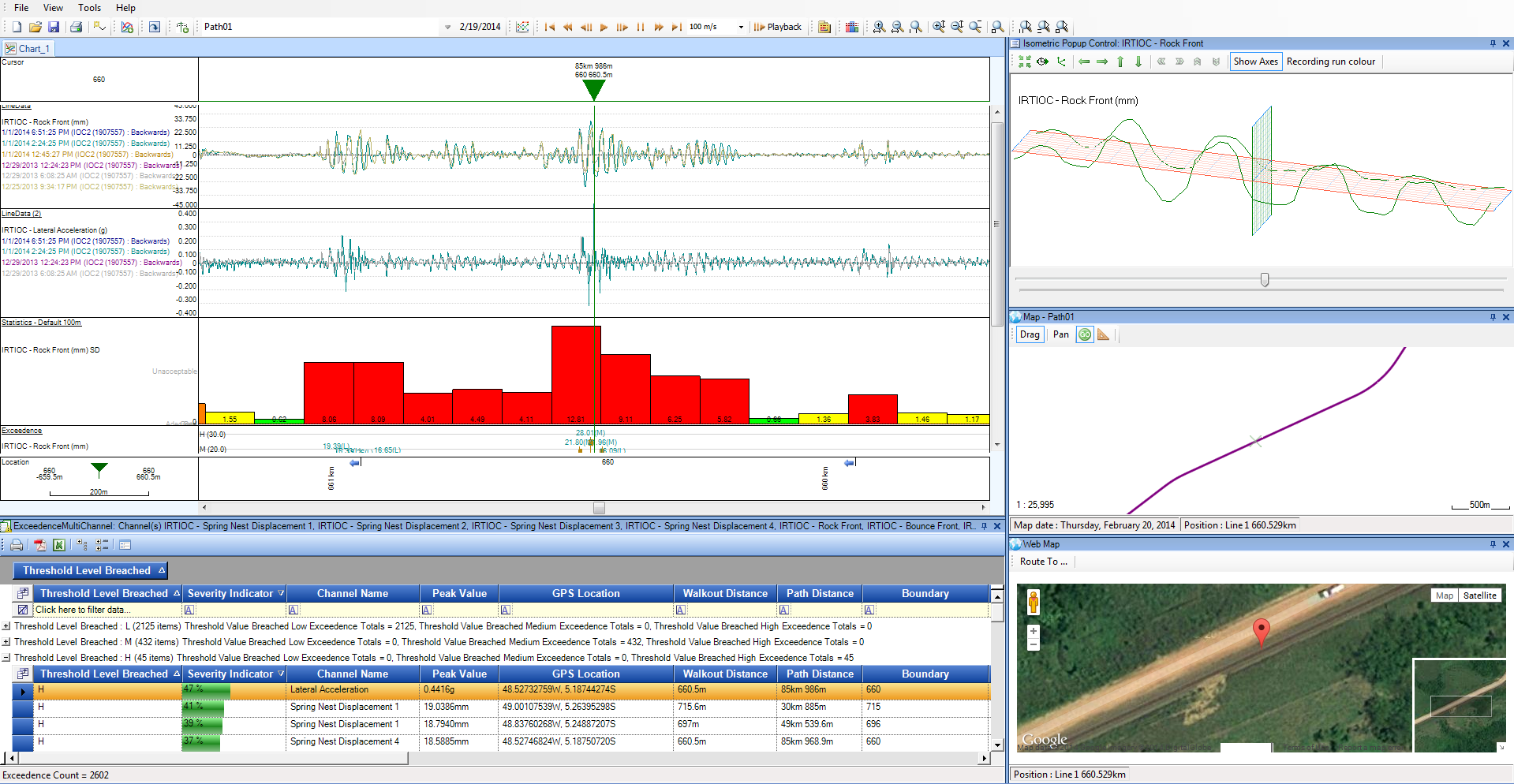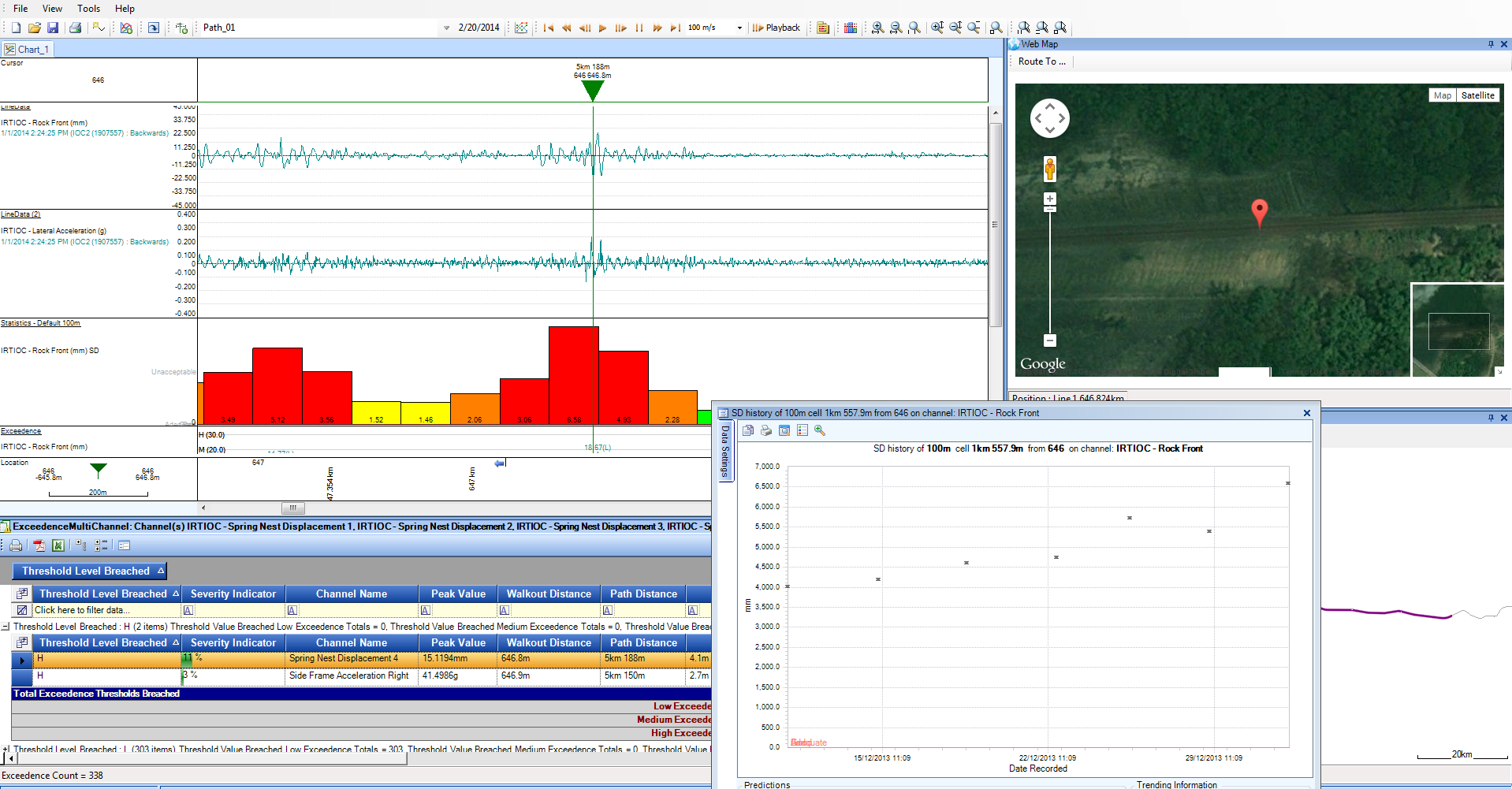Arvind Rajan is a scholar from the School of Engineering at the Monash University Sunway Malaysia campus. Arvind’s project, “Analytical Uncertainty Evaluation of Multivariate Polynomial”, supported by Monash University Malaysia (HDR scholarship) and the Malaysia Fundamental Research Grant Scheme, extends analytical method of “Guide to the Expression of Uncertainty in Measurement (GUM)” by the development of a systematic framework – the Analytical Standard Uncertainty Evaluation (ASUE) for the analytical standard measurement uncertainty evaluation of non-linear systems. The framework is the first step towards the simplification and standardisation of the GUM analytical method for non-linear systems.
The R@CMon team supported the ASUE team at Sunway in deploying the framework on the NeCTAR Research Cloud. The project has been given access to the Monash-licensed Windows Server 2012 image and Windows-optimised instance flavour for configuration of the Internet Information Services (IIS) and ASP.NET stack. The ASUE team developed and deployed the framework on NeCTAR using remote desktop access (yes once again – even from overseas!). Mathematica, specifically webMathematica is then used on the NeCTAR instance to power the web-based dynamic ASUE Toolbox. The ASUE toolbox has been published in Measurement, a journal by International Measurement Confederation (IMEKO) and IEEE Access, an open access journal:
“The NeCTAR Research Cloud is a great service for researchers to host their own website and share the outcome of their research with engineers, practitioners and other professional community. Honestly, if it is not for the NeCTAR Research Cloud, I doubt our team could have made it this far. The support has been incredible so far. I will continue to publish my work using this service.”
Arvind Rajan
Monash University Scholar
Electrical and Computer Systems Engineering




